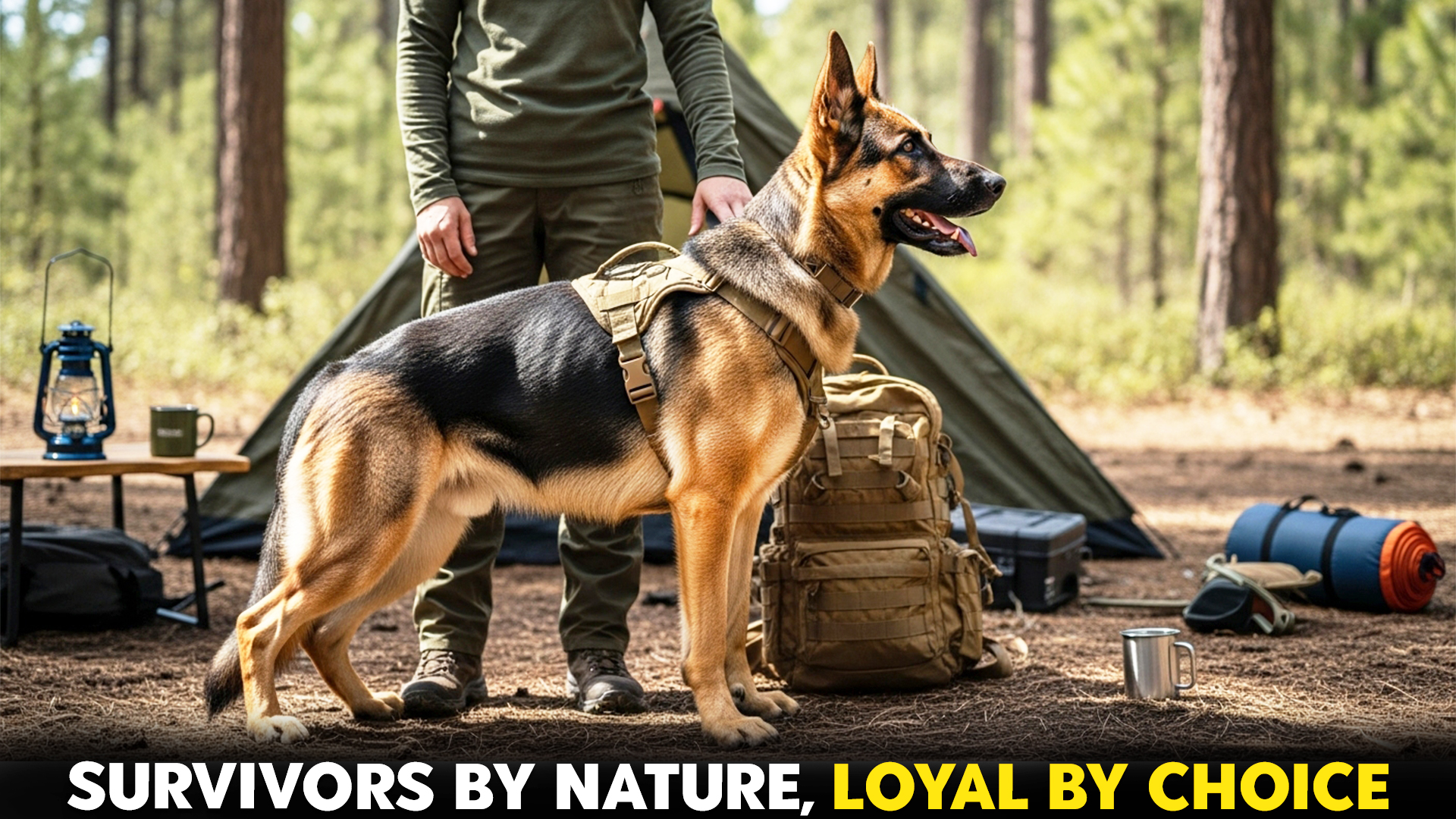Imagine being stranded in the wild with nothing but your wits… and your dog. Survival isn’t just about skills; it’s about having a loyal, intelligent companion by your side.
Some dogs are more than pets—they’re natural adventurers, instinctively ready to navigate tough terrain, sense danger, and even help you find your way back to safety.
From tireless energy to sharp problem-solving abilities, certain breeds thrive in survival situations, making them the ultimate partners for explorers, hikers, and preppers alike. But not every dog is cut out for the challenge—some need cozy homes more than rugged adventures.
Here, we’re revealing 7 dog breeds that excel in survival training, highlighting their endurance, smarts, and adaptability. Whether you’re prepping for wilderness expeditions or simply curious about the most capable canines, these dogs combine heart, courage, and intelligence in ways few animals can.
Get ready to meet the breeds that aren’t just pets—they’re survival legends in fur coats, ready to face anything the wild throws at them.
Did You Know? The U.S. military often uses breeds like the Belgian Malinois and German Shepherd for survival and combat training—these dogs can detect threats from over 250 yards away and adapt quickly to extreme conditions.
Best Dog Breeds for Survival Training
1. German Shepherd
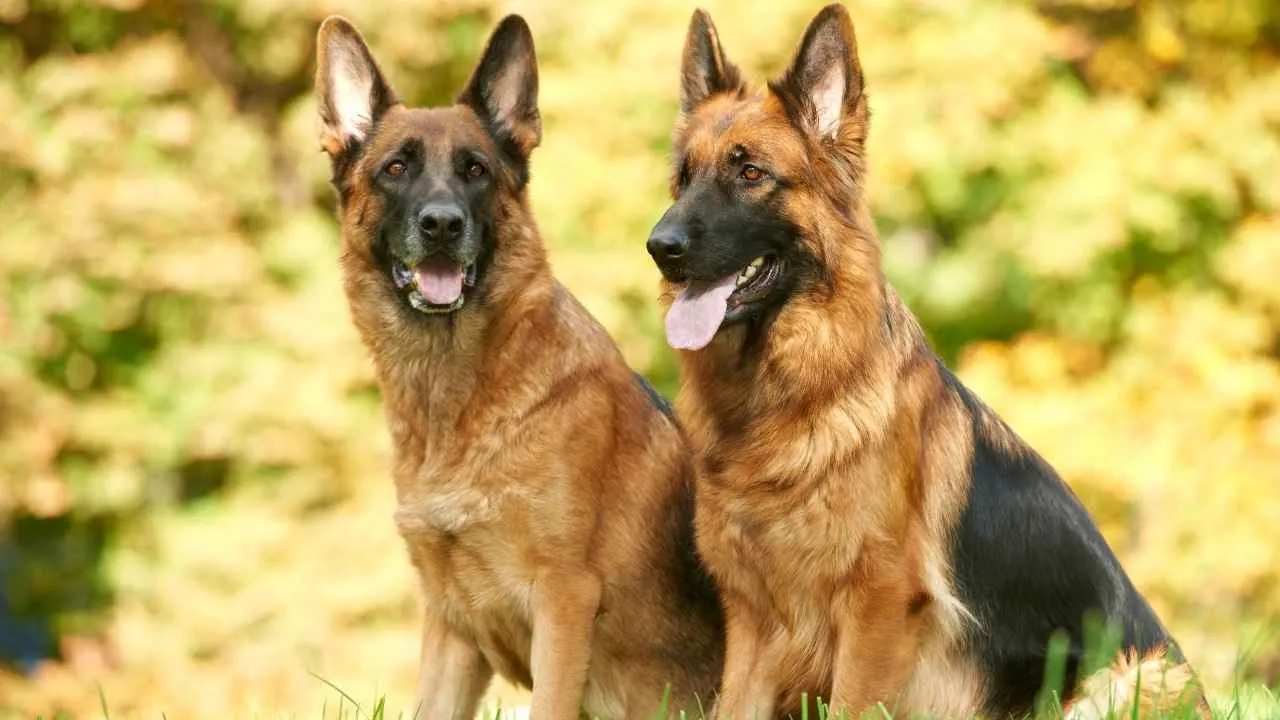
When it comes to survival training, the German Shepherd isn’t just a dog—it’s a four-legged general, strategist, and scout rolled into one. With a brain sharp enough to rival a seasoned tracker and a nose that could give bloodhounds a run for their money, these guard dogs are built for high-stakes situations.
German Shepherds excel in obedience, agility, and problem-solving, which means they can navigate rough terrains, detect hazards, and even help protect you from potential threats.
As per Wikipedia, they are notably curious—an attribute that makes them well-suited for duties such as guarding and search operations
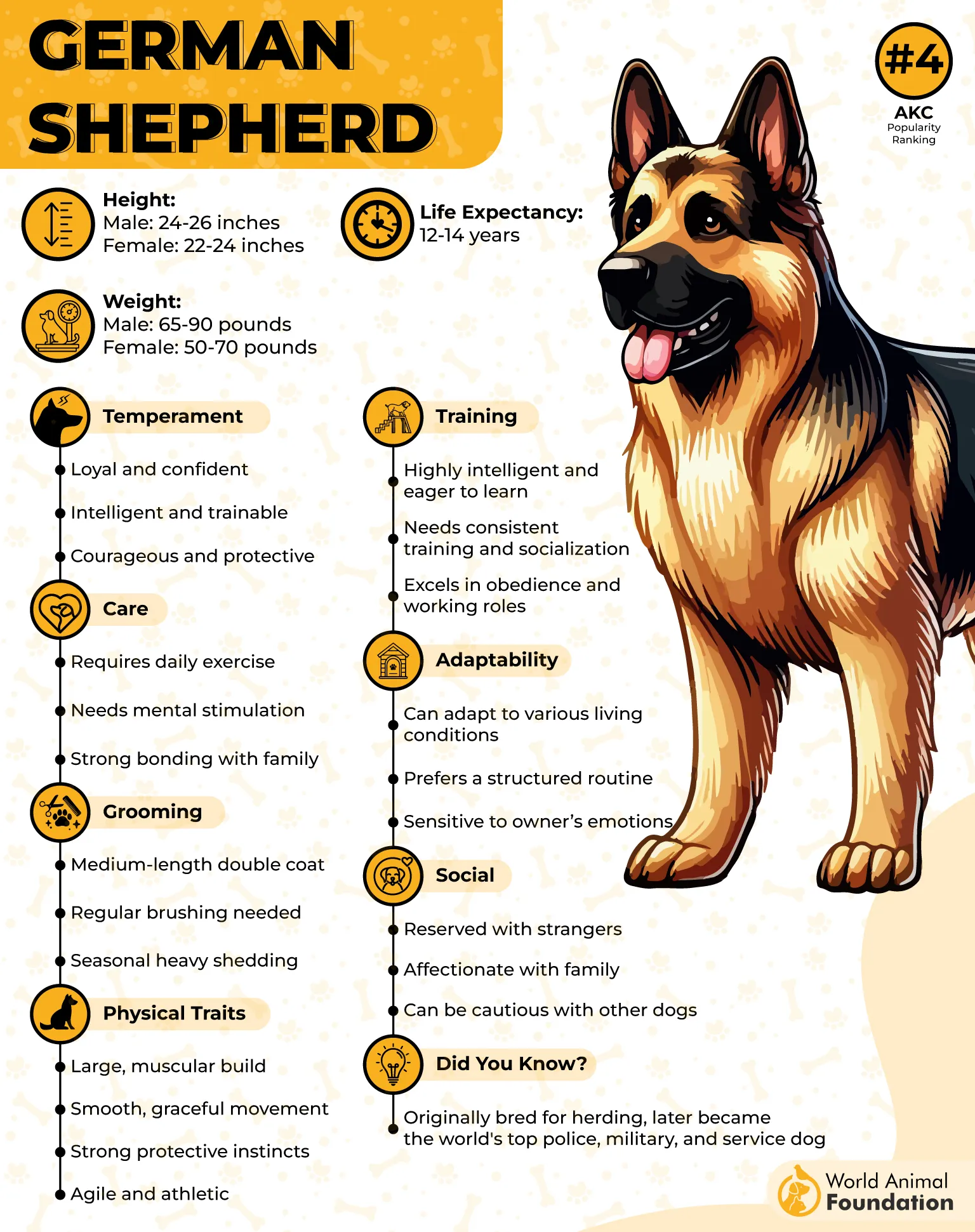
Whether it’s a dense forest, a rocky trail, or a sudden downpour, their resilience and adaptability shine through. Think of them as your ultimate field partner: alert, courageous, and fiercely loyal. Physically, German Shepherds are powerhouses.
Their muscular build and endurance allow them to trek long distances without tiring, while their thick double coat provides protection against cold, rain, and rough vegetation.
Mental stimulation is just as important—they thrive on challenges, from learning survival commands to participating in search-and-rescue drills. Be ready for a dog who’s equally likely to herd your group back to safety as they are to insist on keeping watch while you cook dinner over an open flame.
Just a heads-up—they might also ‘supervise’ your survival gear… and yes, that means chewing on the straps of your backpack if you’re not careful.
2. Belgian Malinois
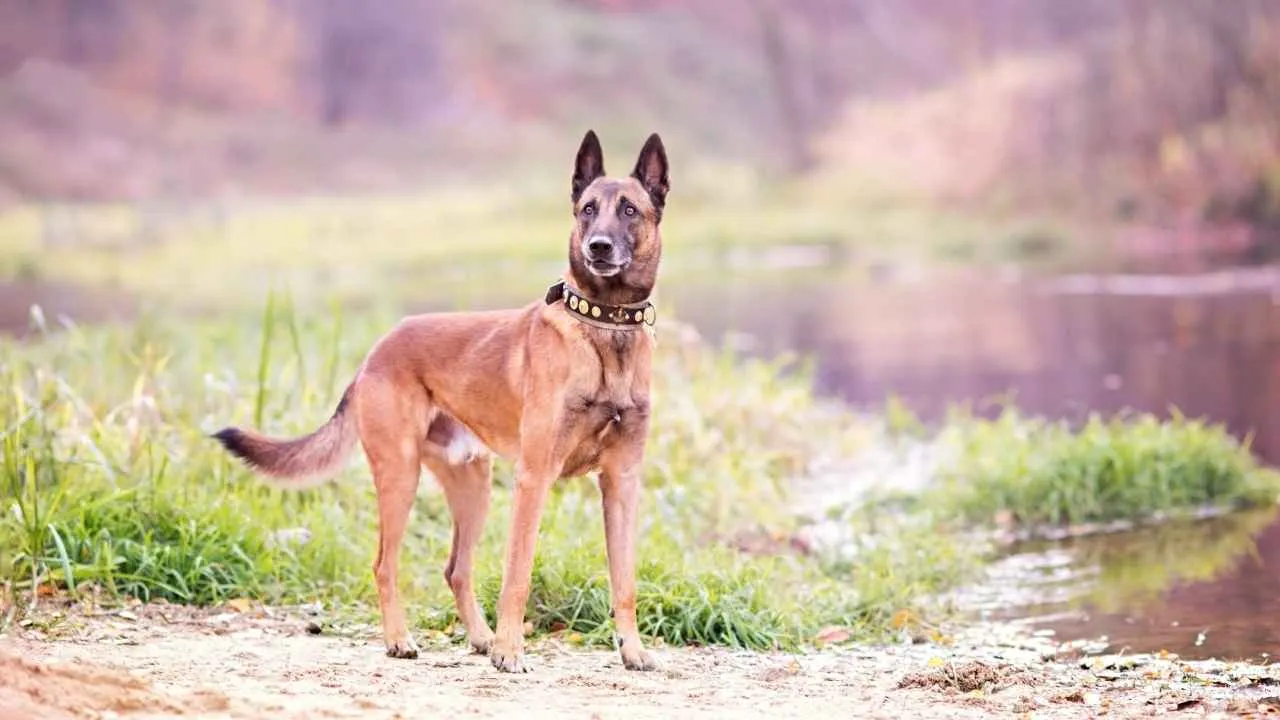
Often mistaken for their German cousins, Malinois bring a whole new level of intensity to survival training. In fact, they’re the breed of choice for police, military units, and yes… even the White House. So, when danger or chaos shows up, you can bet a Malinois is already three steps ahead.
These dogs are bundles of energy and brains. Twice as mentally demanding as a German Shepherd, a Belgian Malinois won’t just be content with a brisk hike—they want missions, puzzles, and challenges that keep their mind as active as their body.
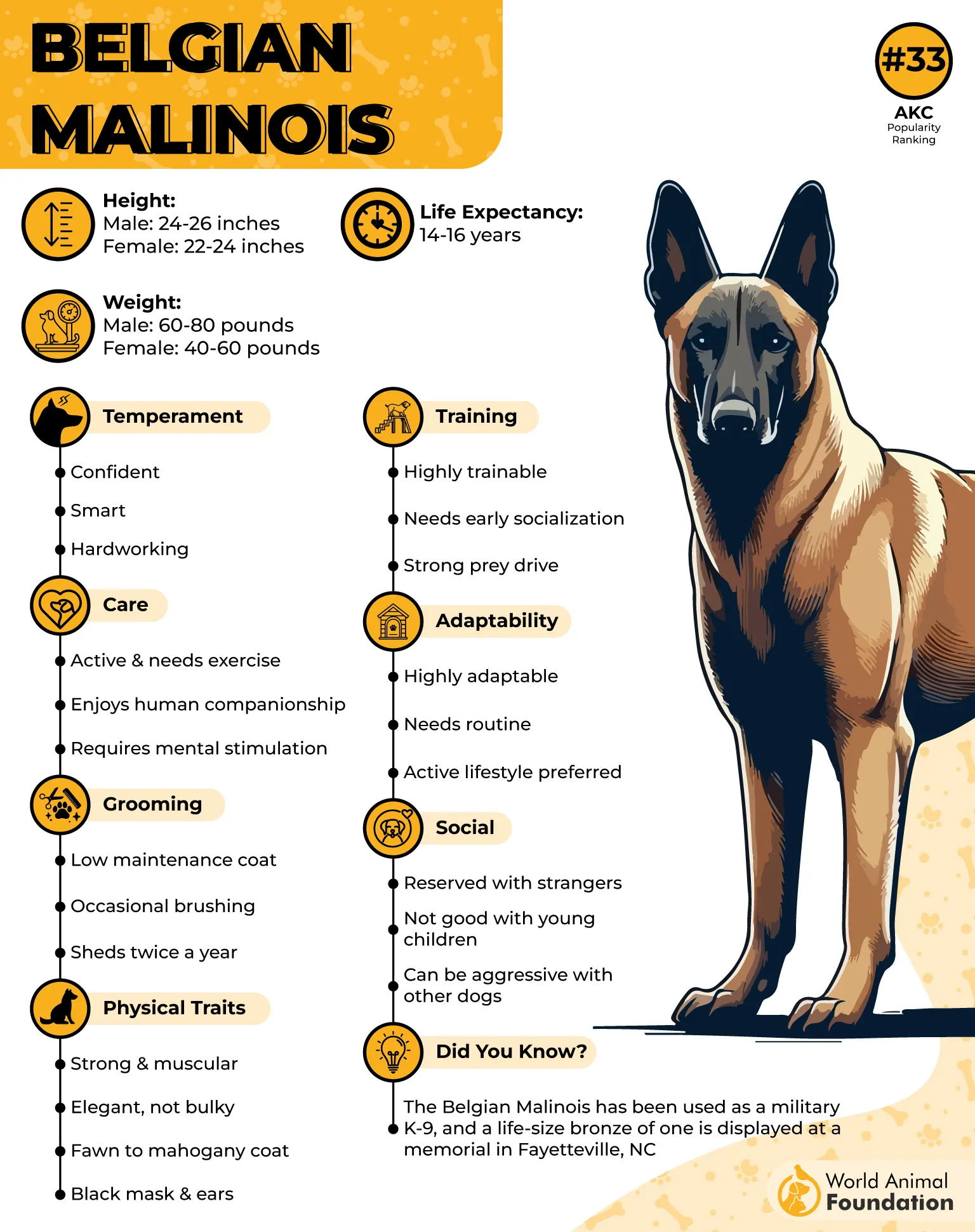
An under-stimulated Malinois can get bored quickly, which may lead to creative—but not necessarily helpful—ways to entertain themselves (like reorganizing your survival kit… with their teeth).
Physically, they are lightning-fast, incredibly agile, and resilient—ideal for scouting, search-and-rescue drills, or carrying small survival tools in a pack. Their alertness is off the charts, meaning they notice everything: sudden movements, strange scents, or that squirrel plotting near your campsite.
A Belgian Malinois thrives in an active household where their energy is matched with purpose. Give them a task, a challenge, or a survival drill, and they’ll execute it with military-like precision… and probably judge you if you slack off.
🎧 Dogcast
Episode 10 — Halloween Special
If you don’t hear sound, tap the button above to enable audio.
3. Bullmastiff
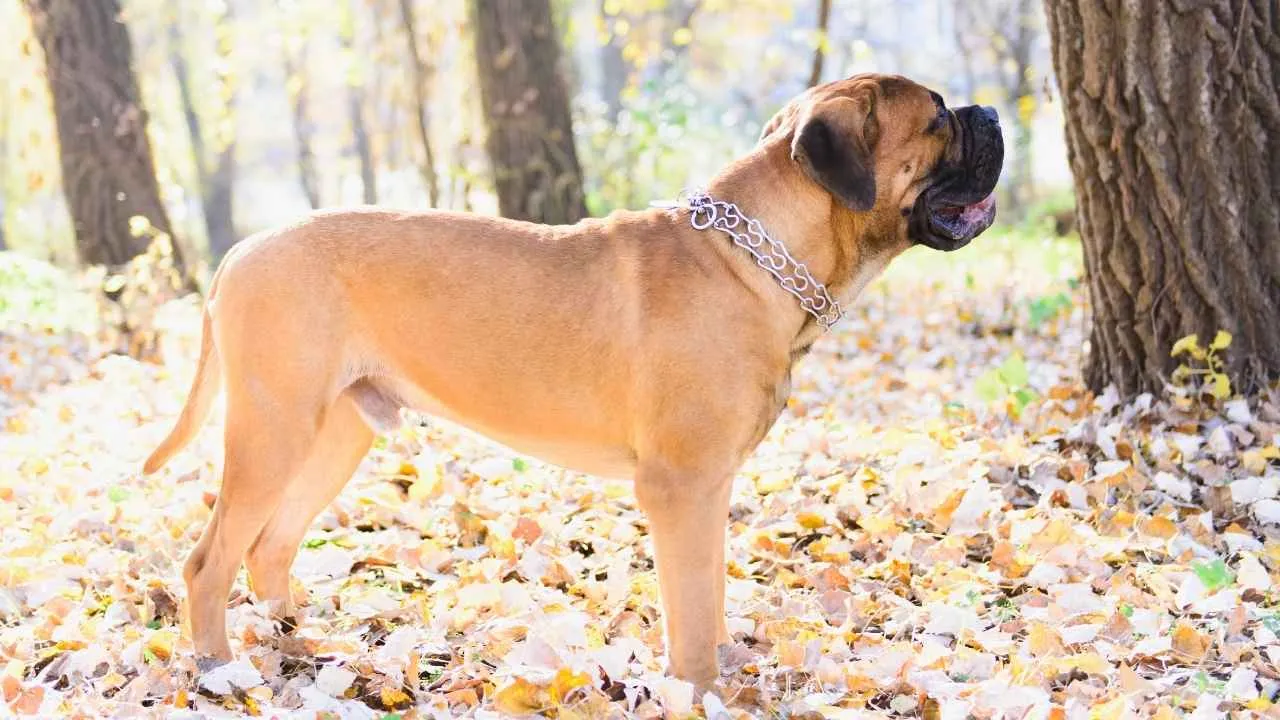
When it comes to survival training, sometimes brains and speed aren’t the only tools you need—sometimes you need sheer power and presence. Enter the Bullmastiff: a silent, formidable protector who looks like they could wrestle a bear but has the heart of a teddy bear… most of the time.
Bullmastiffs are naturally protective, making them excellent deterrents for anyone thinking of testing your campsite boundaries—or your front door. Their size alone says, “I mean business,” but it’s their calm, watchful nature that really sets them apart.
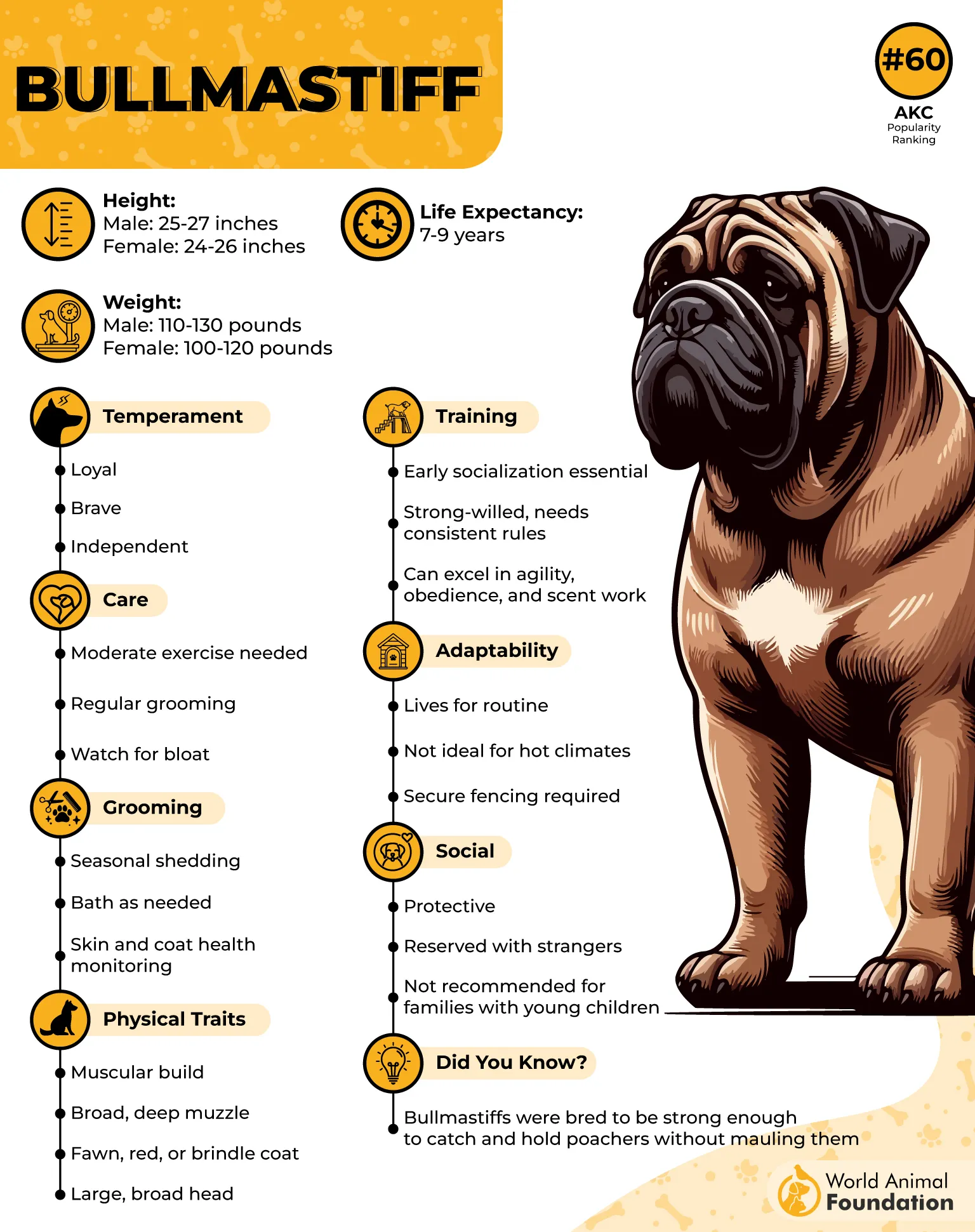
Unlike high-energy breeds, Bullmastiffs aren’t constantly bouncing off walls; they are low-key, patient, and ready to spring into action only when necessary. In survival scenarios, this makes them ideal for guarding your base camp or providing a steady presence during tense situations.
Despite their intimidating looks, Bullmastiffs are incredibly gentle with children and family members. Their loyalty runs deep, and with proper socialization and obedience training, they transform into both courageous protectors and loving companions.
Physically, they’re strong and resilient, capable of holding their ground in a threatening situation without getting flustered. Mentally, they’re steady and focused, making them excellent “silent sentinels” who watch, assess, and act only when necessary.
Think of a Bullmastiff as your personal bodyguard who doesn’t need to bark at every squirrel—calm, composed, and unwaveringly loyal.
4. Alaskan Malamute
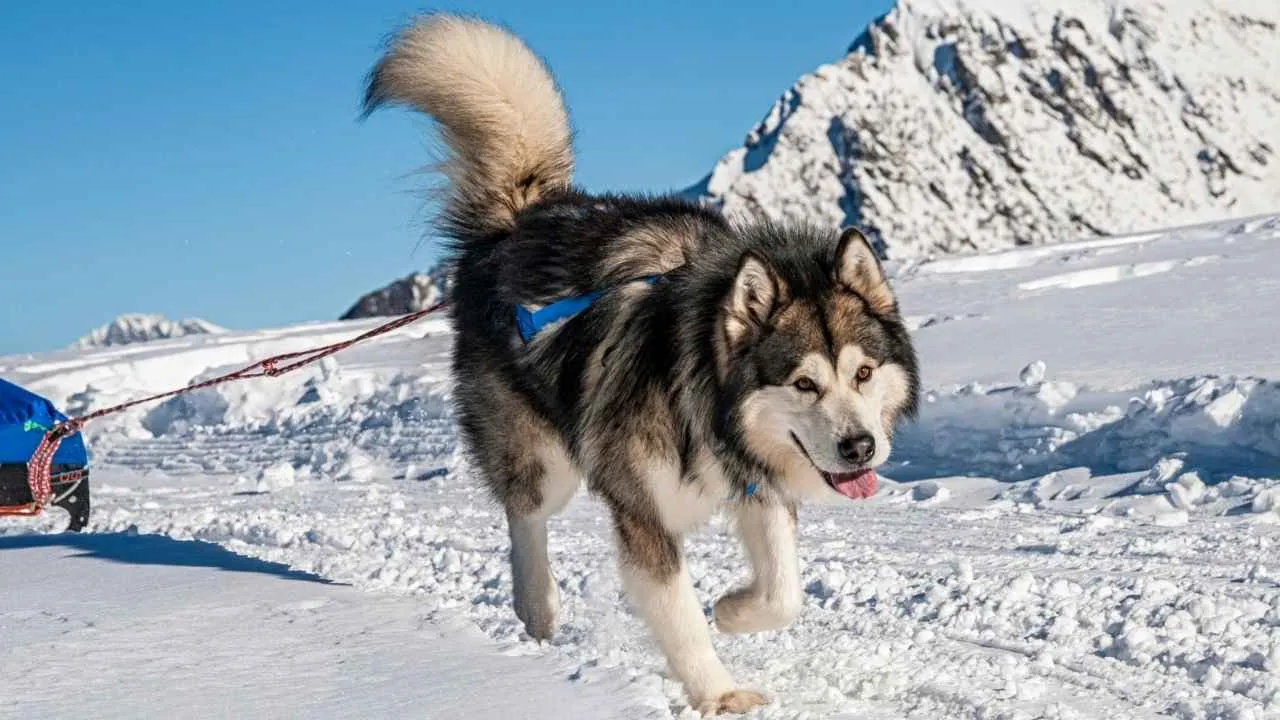
Built for hauling heavy loads across frozen landscapes, this breed combines strength, stamina, and a spirit that thrives in extreme conditions. Think of them as the perfect blend of athlete and explorer, wrapped in a fluffy, wolf-like package.
Malamutes are known for their incredible endurance. They can pull sleds, carry gear, or help navigate treacherous terrain—all while maintaining a steady, confident pace.
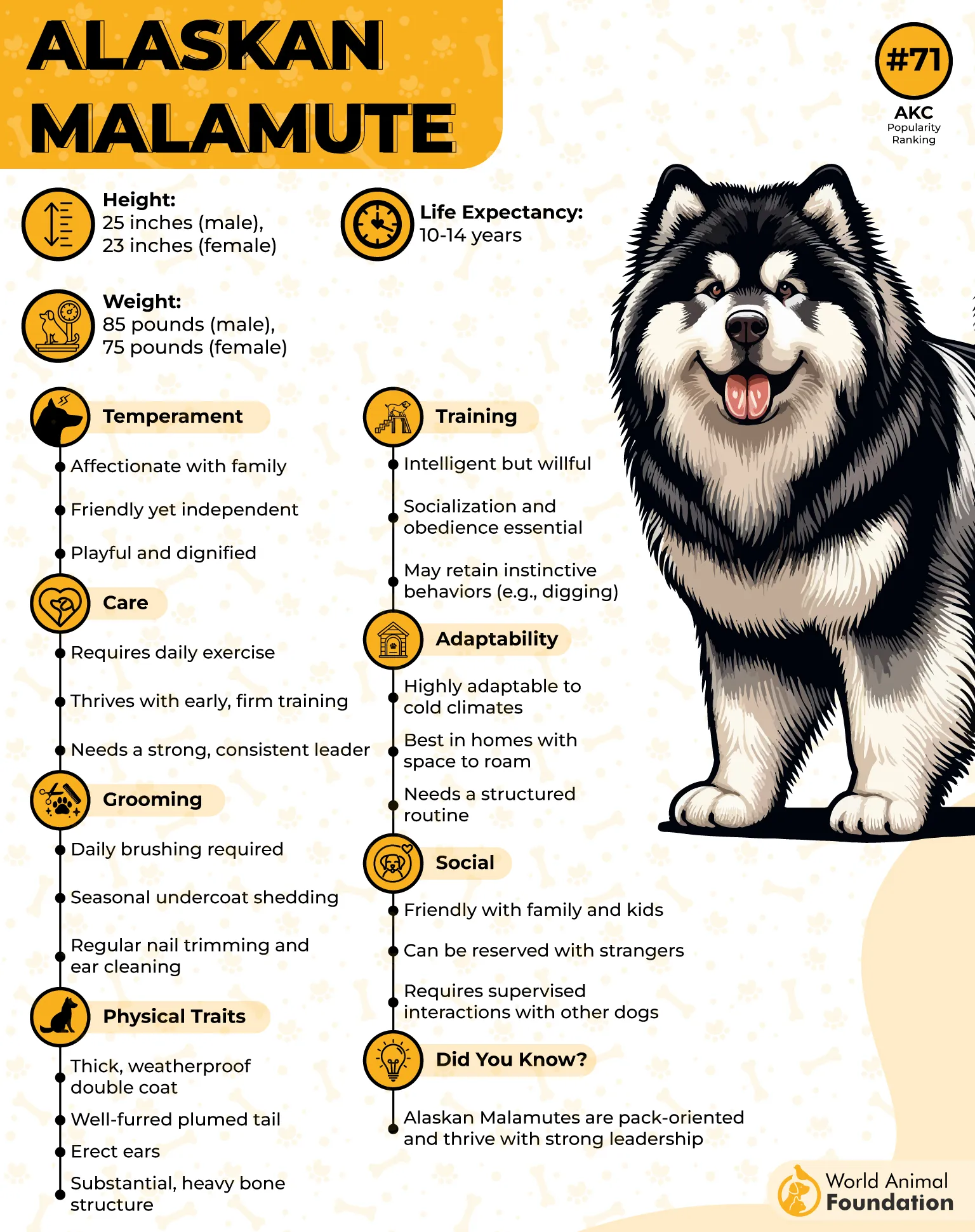
Their dense double coat acts like natural armor against cold weather, keeping them warm in subzero temperatures and dry in damp, snowy conditions. In survival scenarios, this makes them invaluable partners, especially in cold climates where other dogs might struggle.
Intelligence and independence define the Alaskan Malamute, but they also come with a stubborn streak, says Britannica. They need a handler who’s consistent, patient, and ready to earn their trust and respect.
These large dogs are happiest when given a job to do, whether it’s pulling a sled, helping with navigation, or just keeping morale high around a cold campsite with their playful energy and friendly demeanor.
Social and loyal, Malamutes are great family companions—but their size, strength, and high energy mean supervision is key, especially around smaller pets or young children.
If survival training were a snowy expedition, the Alaskan Malamute would be your lead sled dog: strong, dependable, and ready to face the elements head-on, all while keeping spirits high with a wagging tail and an adventurous heart.
5. Rottweiler
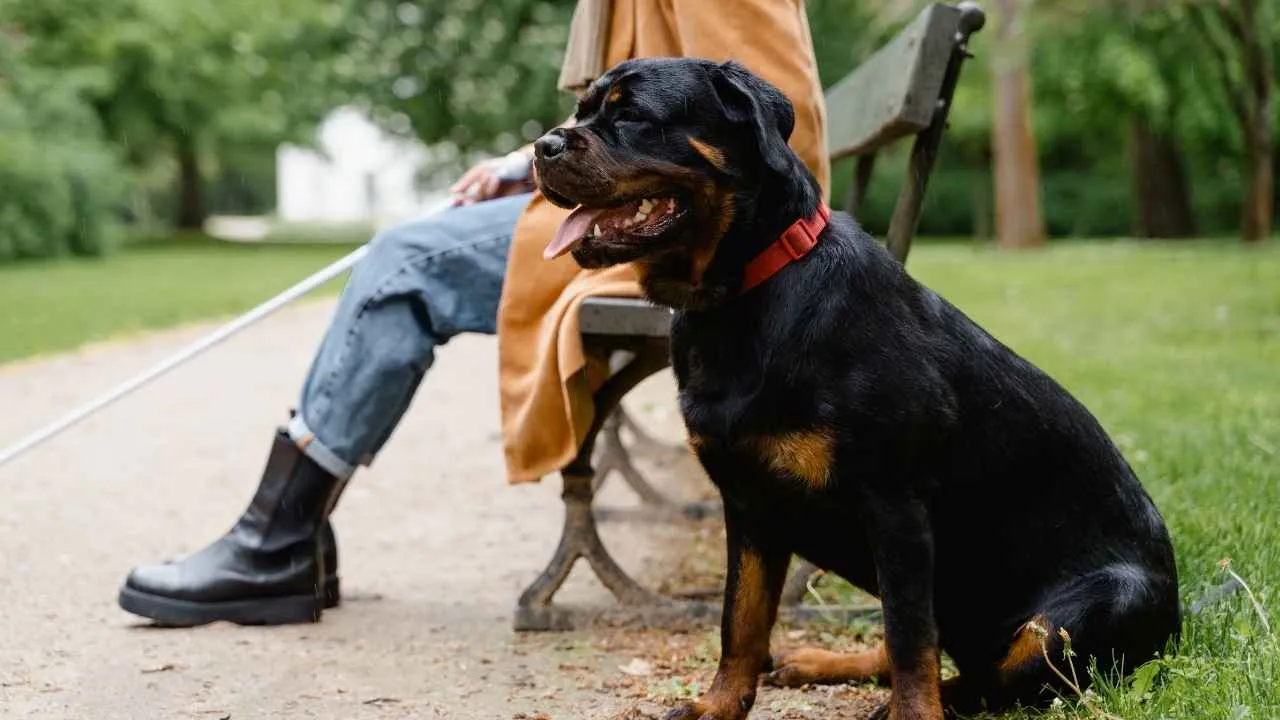
Originally bred in Germany as cattle drivers and cart-pullers for butchers, these dogs quickly proved their versatility, intelligence, and natural protective instincts. It wasn’t long before police and military units recognized their potential—and today, Rottweilers continue to serve as steadfast guardians and partners.
Rottweilers are naturally cautious around strangers but never timid. With firm, proper training, they transform into reliable family protectors who balance strength with surprising gentleness.
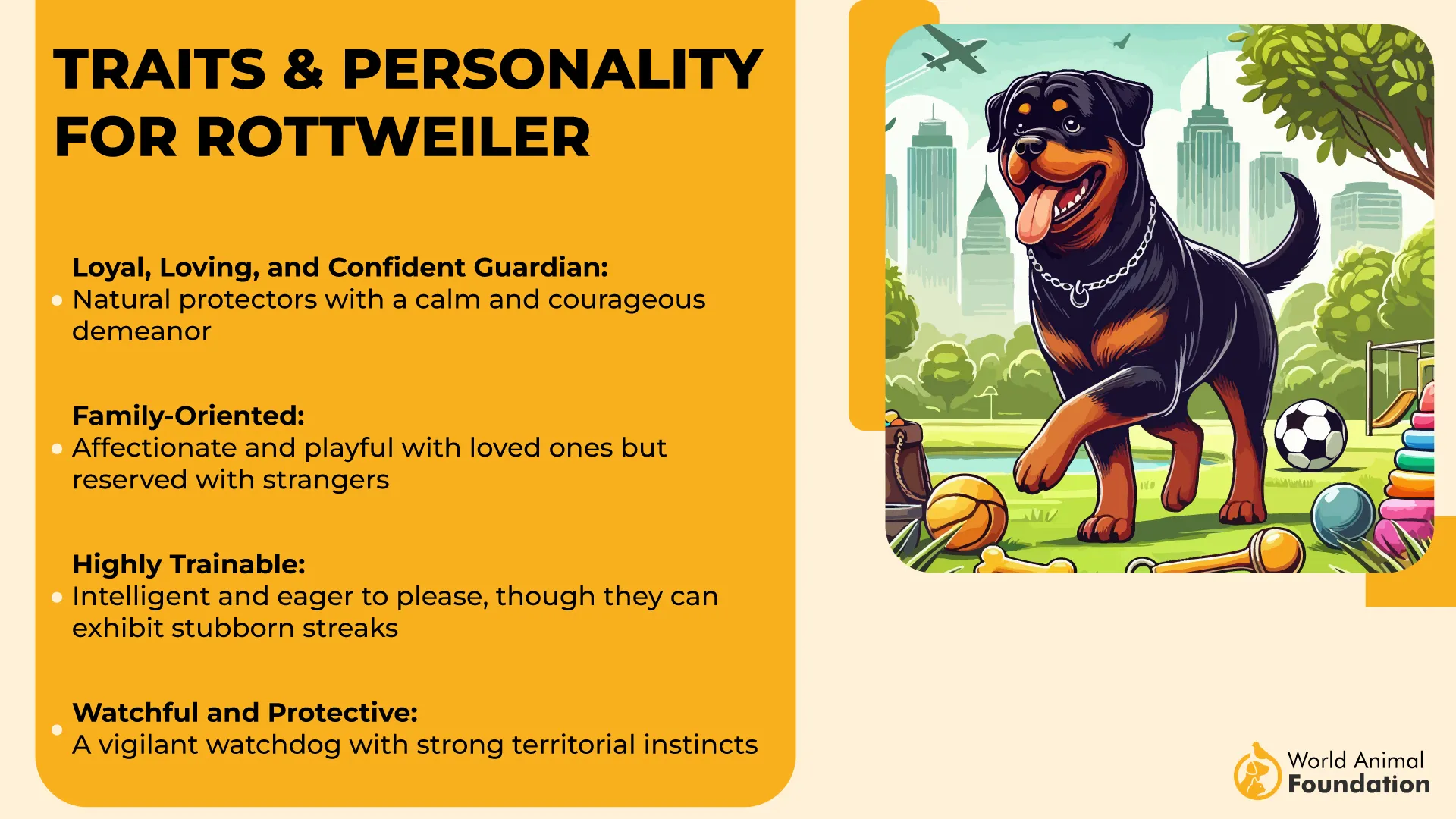
They’re the kind of dog who can calmly supervise a campsite, alert you to danger, and still settle down for a quiet evening by the fire—all without losing their imposing presence. One of the Rottweiler’s biggest strengths in survival scenarios is their combination of intelligence and composure.
They can follow commands under stress, assess situations quickly, and act decisively when needed. Unlike some high-energy breeds, Rotties are calm and steady when properly trained, making them excellent companions for both new and experienced dog owners.
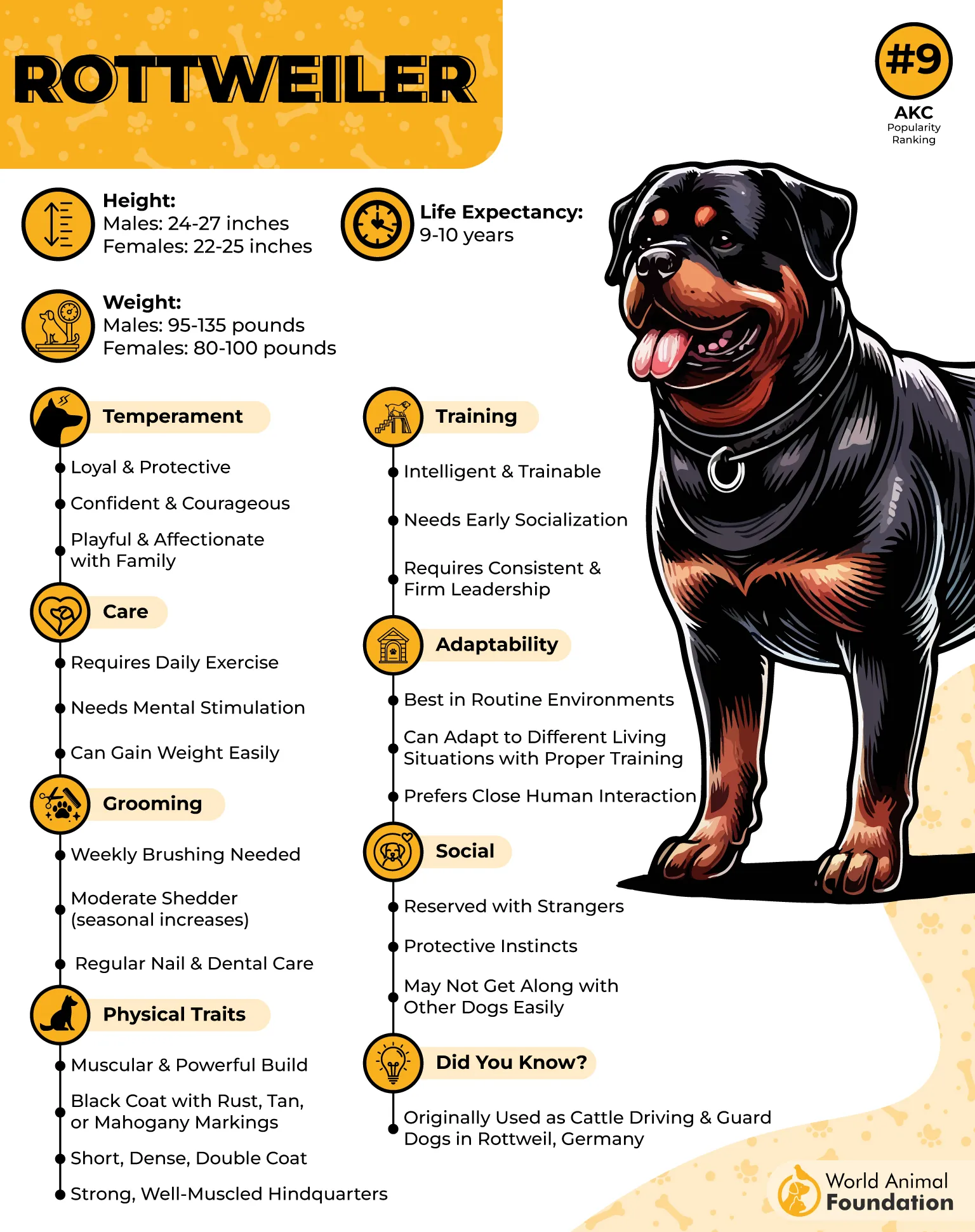
It’s worth noting that Rottweilers, like any powerful breed, require proper socialization and guidance. Misunderstood or improperly trained dogs can develop behavioral issues, but with the right approach, they are some of the most loyal, trustworthy, and protective dogs you’ll ever meet.
Bonus: they’re low-shedding for a large breed, which makes managing them in the wild or at home much easier.
6. Rhodesian Ridgeback
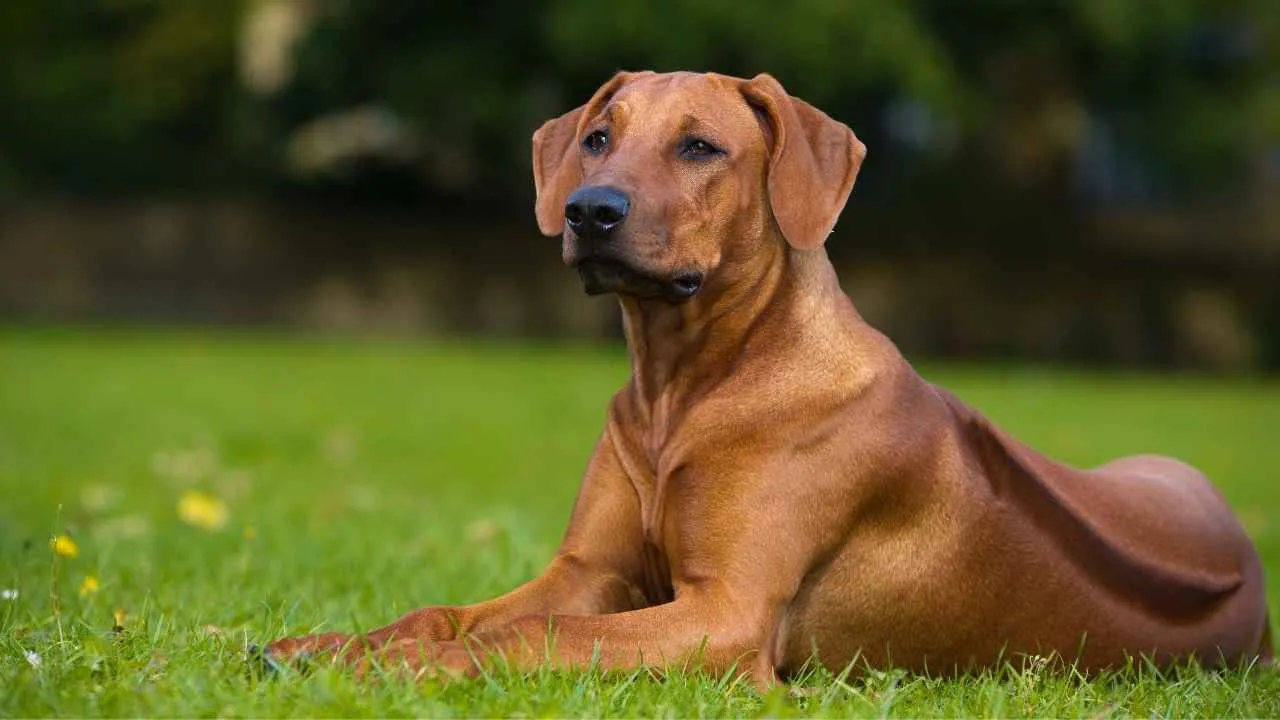
If survival training had a stealthy, athletic predator in its ranks, the Rhodesian Ridgeback would be it. Originally bred in southern Africa to track and corner lions, boars, and other formidable game, these dogs bring courage, intelligence, and endurance to every challenge.
But don’t worry—they’re just as loving and calm at home, making them both fierce and affectionate companions. Ridgebacks are high-energy, athletic dogs who thrive on activity and mental stimulation.
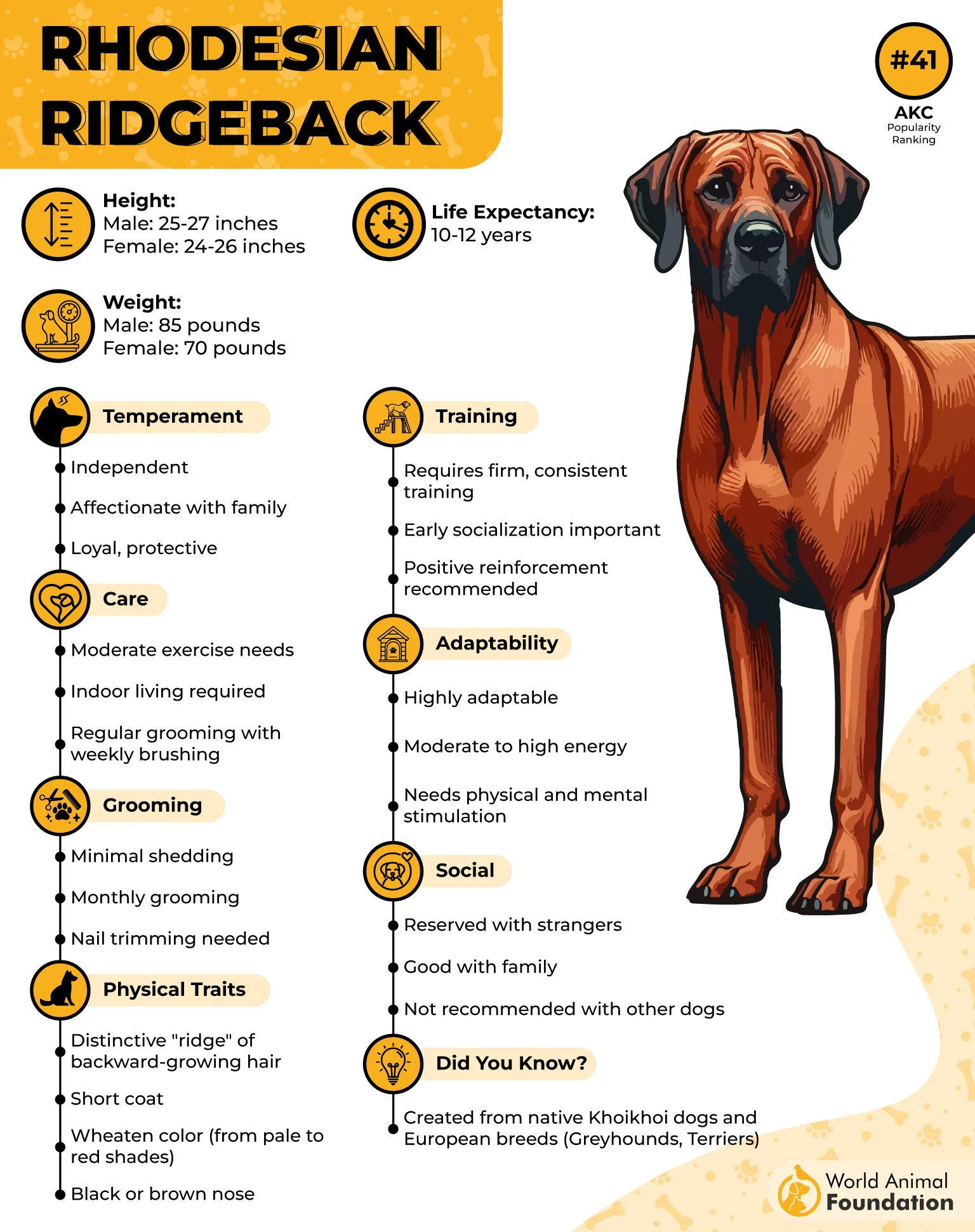
Long hikes, jogs, or structured survival drills will keep them engaged and prevent boredom—which, if neglected, can lead to some very “creative” destruction around the house. They’re not your average couch potato; they are natural athletes with stamina that can rival some of the best human endurance runners.
A Ridgeback needs a clear pack leader to channel their hunting instincts and energy in productive ways. Owners who provide structure, consistent training, and plenty of exercise will be rewarded with a dog who is both obedient and impressively capable in survival situations.
Their instincts for tracking, hunting, and problem-solving make them excellent partners for scouting, navigating difficult terrain, or even participating in dog sports that simulate survival challenges.
Despite their hunter heritage, Rhodesian Ridgebacks are loyal, loving, and protective of their family. They balance athleticism and alertness with a calm, steady demeanor at home, making them ideal for survival training where brains, brawn, and loyalty are all required.
7. Labrador Retriever
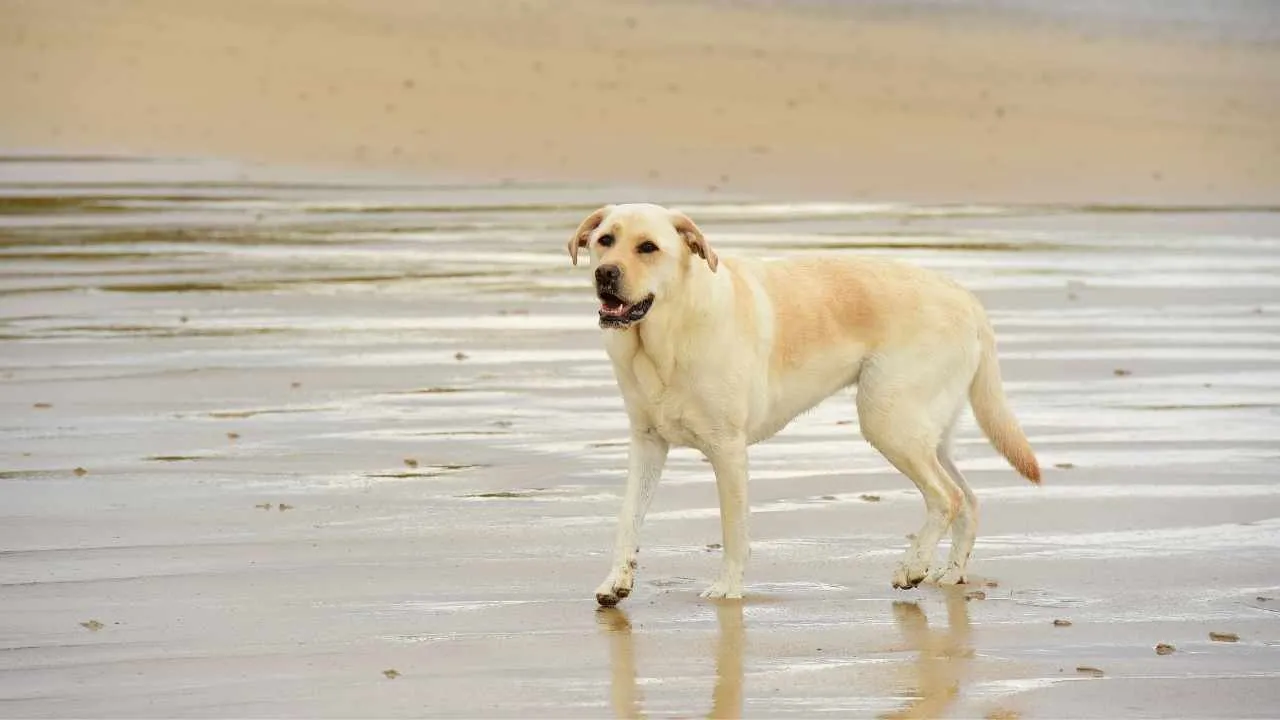
When you think of survival dogs, you might picture fierce protectors or rugged hunters—but don’t underestimate the Labrador Retriever. Labs are the ultimate all-rounders: highly intelligent, loyal, and endlessly adaptable.
Originally bred for retrieving game from water and assisting hunters, they bring a perfect balance of brains, stamina, and an unbeatable work ethic to survival training. Labradors are highly trainable, making them ideal for a wide range of survival tasks.
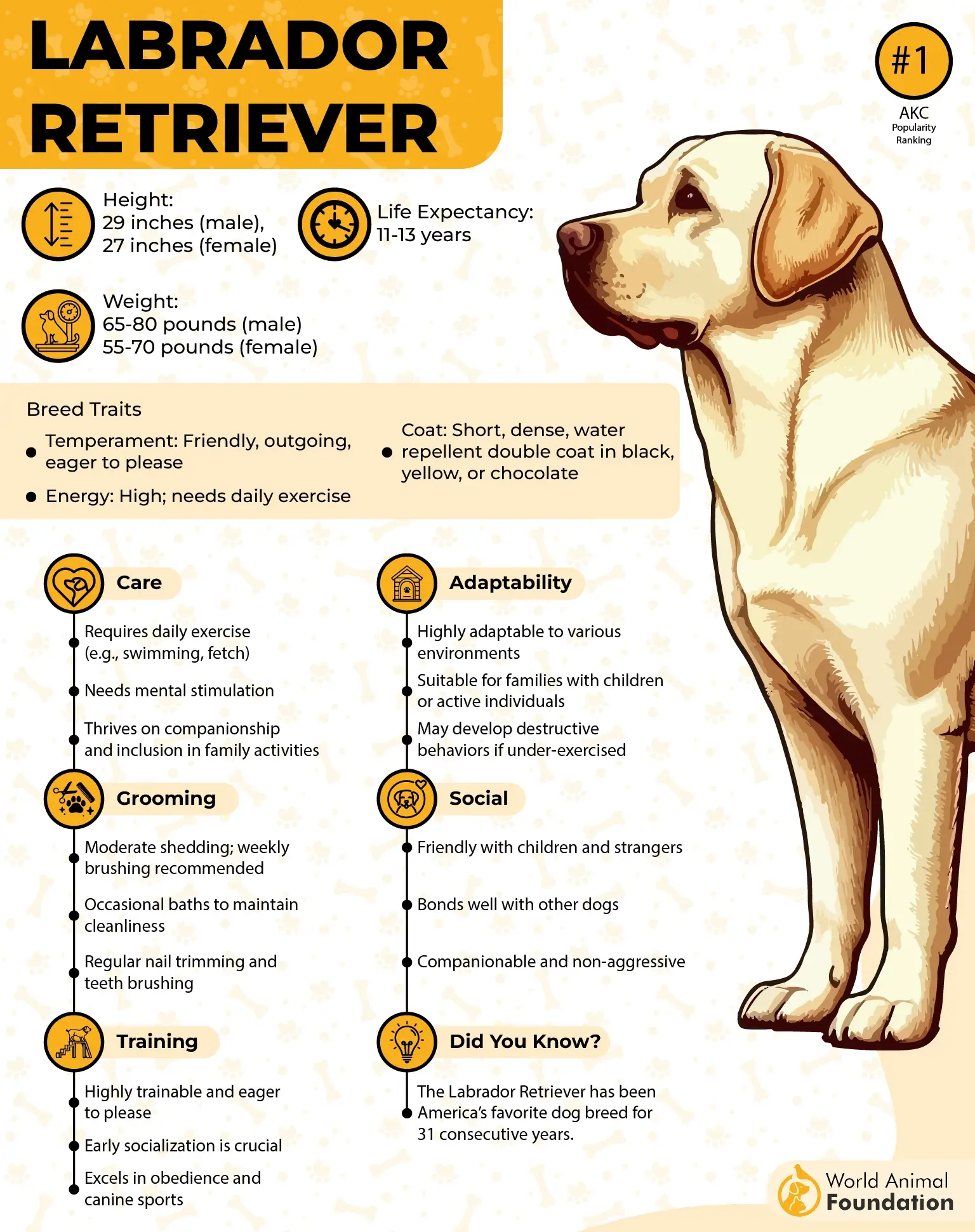
From carrying supplies, fetching essential items, and navigating tricky terrain, to alerting you to unusual activity around your camp, a Lab is a reliable partner who can do it all. Their intelligence and eagerness to please mean they excel in obedience drills and problem-solving scenarios—making them almost like a Swiss Army knife on four legs.
Physically, Labs are tough, strong, and built for endurance. A word of caution: Labs need plenty of physical exercise and mental stimulation. Without it, their boundless energy can turn into mischievous antics, like unearthing survival gear or turning your campsite into a mud pit.
But with structured activity and clear guidance, they thrive, keeping spirits high with their joyful, loyal, and optimistic nature.
Labrador Retriever is a versatile survival companion: strong, smart, endlessly loyal, and ready to jump into action at a moment’s notice—sometimes literally, with a wagging tail and a big, happy grin.
Conclusion
When it comes to survival training, the best dog breeds combine intelligence, loyalty, and strength. From large dogs with thick fur, like the Alaskan Malamute or Norwegian Elkhound, to agile herding breeds such as the Australian Cattle Dog, Border Collie, and Australian Shepherd, each has unique traits suited for different environments. Some other breeds, like the Siberian Husky, thrive in cold climates, pulling carts or sleds, while others, such as the Black Mouth Cur or Australian Dingo, excel in warm weather and rugged terrain.
Working dogs with a high prey drive can hunt small game, protect their owner from wolves, coyotes, and other animals, and even help gather food. Though some terriers may seem aggressive, proper training turns that energy into fearless protection. In the wild or the modern world, survival-ready dogs prove one thing: with loyalty, intelligence, and courage, man’s best friend is also man’s best protector.


